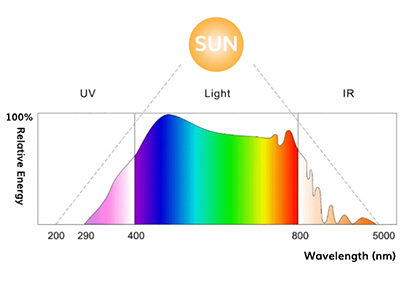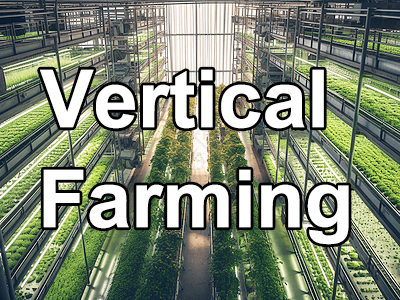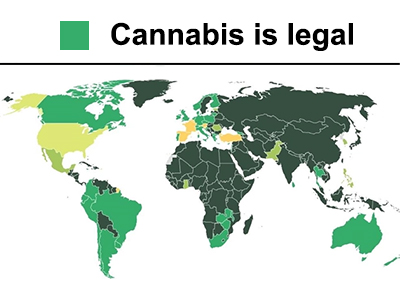Why is vertical farming becoming more and more common in modern farming? Of course, it not only optimizes the use of space, but also makes the most of every inch of space. It also incorporates smart tools such as grow lights to precisely control environmental factors such as light, temperature and humidity to improve crop yield and quality. Let's take a look at how to choose the right grow light for yourself.
The choice of grow lights
In indoor environments where natural light is lacking, grow lights are key to providing the necessary light, supporting plants to photosynthesize and promote plant growth and flowering by simulating natural light.
Common types of grow lamps on the market include LEDs, CFL fluorescent lamps, and high-pressure sodium (HPS) lamps, each with its own unique characteristics and best application scenarios. But why are LED lights often recommended as the first choice in vertical farming? Let's find out.
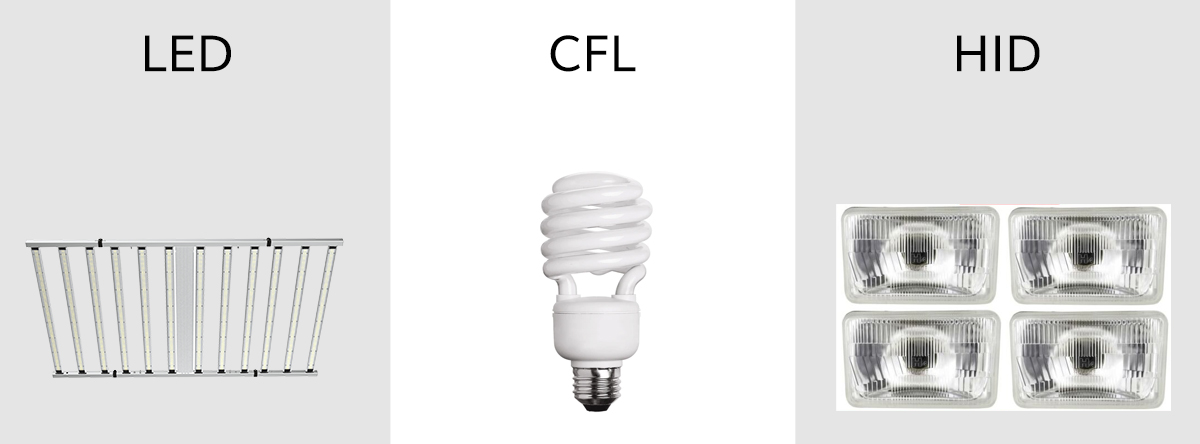
LED Lights:
LED lamps are leading the way in vertical farming with their high energy efficiency, low calorific value and long lifespan. LED lights offer more precise spectral control than other types of lights, which is essential to meet the needs of different plants and growth stages. What's more, the low-heat divergence nature of LED lights means that they can be placed closer to plants without worrying about overheating damage, allowing for more efficient use of space and light sources.
CFL Fluorescent Lamps:
Fluorescent lamps are favored by some small-scale growers because of their affordability and ease of use. Despite their relatively limited spectral range, fluorescent lamps can provide basic illumination for basic needs at stages where light quality requirements are not particularly stringent, such as the seedling growth period.
HID Lights:
HID lamps, including metal halide (MH) and high-pressure sodium (HPS) lamps, are used in some traditional agriculture and large-scale outdoor cultivation due to their strong light output and wide spectral range. However, their high energy consumption and intense heat output limit their application in confined or space-constrained multi-layer vertical farming environments.
When choosing grow lights, it's important to make the right choice based on your specific growing environment and plant needs. Although LED lamps are a popular choice for vertical farming due to their efficiency and flexibility, fluorescent and HID lamps may also be suitable in some cases. No matter which light you choose, the right light is one of the keys to a successful planting.
Lighting layout and configuration
After selecting the right grow lights, let's take a look at how to lay out the lights. The correct layout is not only related to the uniform distribution of light, but also affects energy efficiency and final output. Here are a few key considerations on how to effectively configure grow lights in a multi-layer system:
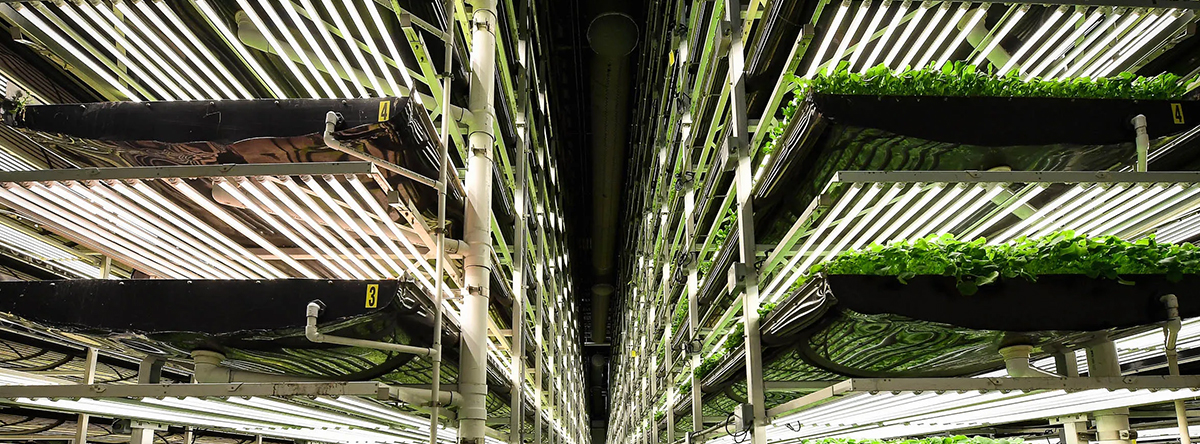
1. Make sure to illuminate evenly
In a multi-layer system, each layer should receive uniform light to avoid uneven plant growth. This can be achieved relatively easily with LED grow lights, as they are designed to allow the light to diverge directly downwards and cover a wider area. Calculate the effective coverage area of each luminaire and arrange the luminaires based on this data to ensure that each plant gets enough light.
2. Lamp height adjustment
As the plant grows, the height of the fixture may need to be adjusted. Smaller plants will need the lights closer together to provide adequate light intensity, while larger plants may need the lights to be slightly raised to avoid leaf burns caused by too much light. Choose a luminaire system that can be easily heightened to suit the different stages of growth of your plants.
3. Light intensity and duration
Different plants and growth stages have different needs for light intensity and duration. For example, some flowering plants may require stronger light and longer light durations during the flowering period. Understand the needs of your plants and set the brightness and duration of your fixtures based on those needs.
4. Energy efficiency and thermal management
Choosing LED lamps with high energy efficiency and good heat dissipation performance can significantly reduce energy consumption and extend the life of the luminaire. In vertical farming systems, good heat management can also avoid overheating problems and keep the growing environment stable.
In vertical farming, choosing the right grow lights for your crops and growing environment, and planning the right light layout, is the key to efficient use of space and improved crop yields. Having trouble choosing a grow light or light configuration? Don't worry, we're here to help! Click below to get in touch with our team of experts today and let us tailor a planting plan to help you create the perfect growing environment.





















